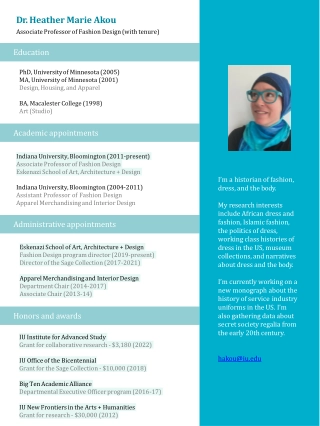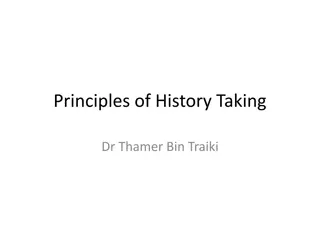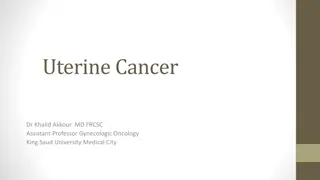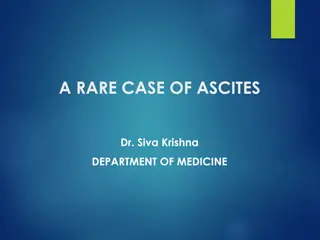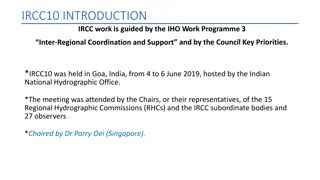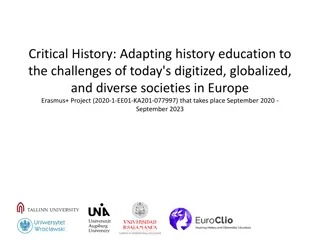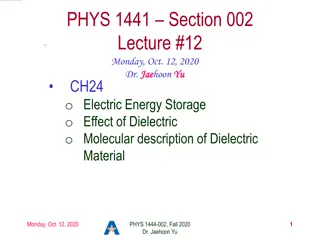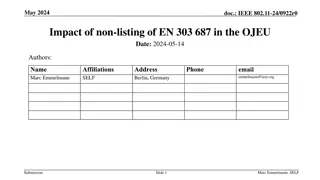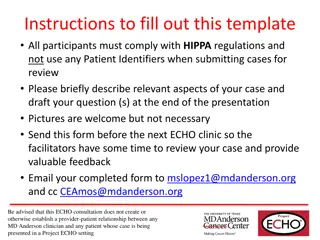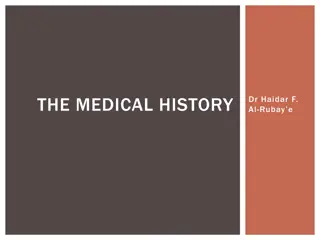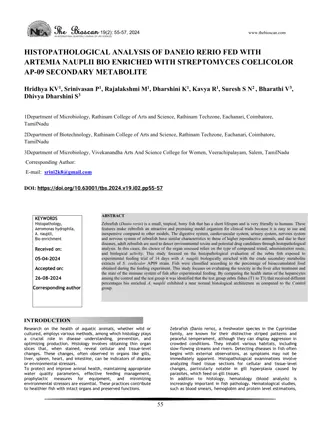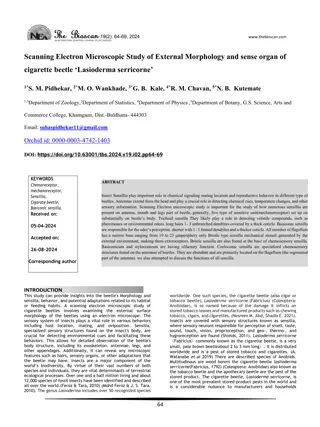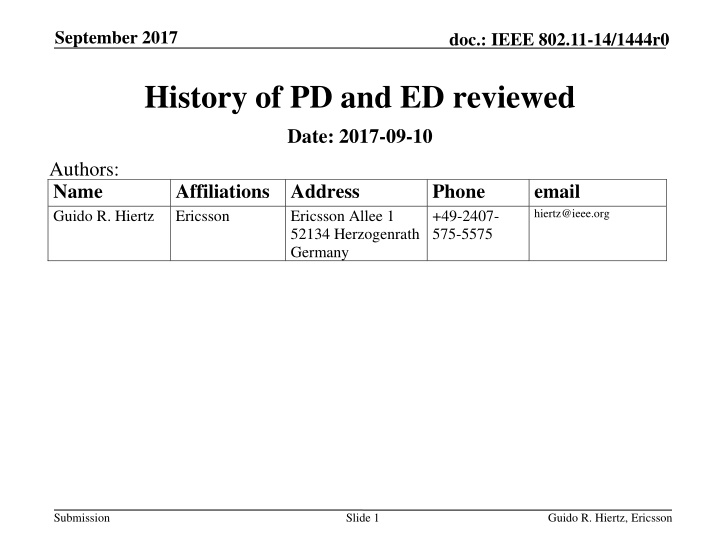
Revealing the Historical Background of PD and ED in Wireless Technologies
Explore the historical evolution of Preamble Detection (PD) and Energy Detection (ED) in wireless communication technologies. This analysis challenges the assumption that ED is older than PD, shedding light on pivotal developments like ALOHA and Ethernet.
Download Presentation

Please find below an Image/Link to download the presentation.
The content on the website is provided AS IS for your information and personal use only. It may not be sold, licensed, or shared on other websites without obtaining consent from the author. If you encounter any issues during the download, it is possible that the publisher has removed the file from their server.
You are allowed to download the files provided on this website for personal or commercial use, subject to the condition that they are used lawfully. All files are the property of their respective owners.
The content on the website is provided AS IS for your information and personal use only. It may not be sold, licensed, or shared on other websites without obtaining consent from the author.
E N D
Presentation Transcript
September 2017 doc.: IEEE 802.11-14/1444r0 History of PD and ED reviewed Date: 2017-09-10 Authors: Name Guido R. Hiertz Affiliations Address Ericsson Phone +49-2407- 575-5575 email hiertz@ieee.org Ericsson Allee 1 52134 Herzogenrath Germany Submission Slide 1 Guido R. Hiertz, Ericsson
September 2017 doc.: IEEE 802.11-14/1444r0 Abstract In this document we analyze the historical background of Preamble Detection (PD) and Energy Detection (ED). We reveal that any statements declaring ED being an older technology than PD are unjustified. Submission Slide 2 Guido R. Hiertz, Ericsson
September 2017 doc.: IEEE 802.11-14/1444r0 ALOHA In 1971, the University of Hawaii operated ALOHAnet According to the ALOHA protocol devices do not apply Listen- before-talk (LBT) or related carrier sensing (CS) mechanisms Under the ALOHA protocol, devices transmit at will If another device transmits simultaneously, a device retransmit after a random period Submission Slide 3 Guido R. Hiertz, Ericsson
September 2017 doc.: IEEE 802.11-14/1444r0 Ethernet In 1973 to 1974, Bob Metcalfe invented Ethernet The initial standard was formed by Digital Equipment Corporation, Intel, and Xerox (DIX) In 1980, IEEE formed project 802 In 1983, an improved version of DIX became 802.3 Ethernet (802.3) applies Carrier Sense Multiple Access with Collision Detection (CSMA/CD) Since today s Ethernet solely relies on full-duplex communication CSMA/CD is no more needed or applied Submission Slide 4 Guido R. Hiertz, Ericsson
September 2017 doc.: IEEE 802.11-14/1444r0 Ethernet Carrier Sensing (1) Ethernet relies on CSMA Ethernet detects a Carrier signal The MAC sublayer shall also monitor the value of carriersense to defer its own transmissions when the medium is busy. [2] Carrier On. This event indicates that the physical layer has detected a change in carrier sense from no carrier to carrier. [2] This is equivalent to receiving data During a collision no data may be received The Collision detect thresholds defines the voltage thresholds for detecting collisions when two or more stations are transmitting simultaneously [2] Submission Slide 5 Guido R. Hiertz, Ericsson
September 2017 doc.: IEEE 802.11-14/1444r0 Ethernet Carrier Sensing (2) Carrier sensing Energy detection If carrier detected a station defers from transmitting This is similar to 802.11 s preamble detection Collision detect threshold If no signal may be decoded the detect threshold indicates that two more stations transmit simultaneously This resembles 802.11 s Energy Detection (ED) although here it is used to detect collisions where as 802.11 s ED is used to prevent collisions Submission Slide 6 Guido R. Hiertz, Ericsson
September 2017 doc.: IEEE 802.11-14/1444r0 802.11 802.11 formed out of 802.3 resp. 802.4 [4] Carrying over CSMA idea after Token-based approach failed 802.11-1997 [7] defines three different PHYs Direct Sequence Spread Spectrum (DSSS) Frequency Hopping Spread Spectrum (FHSS) Infrared (IR) Submission Slide 7 Guido R. Hiertz, Ericsson
September 2017 doc.: IEEE 802.11-14/1444r0 FHSS CCA consists of two conditions Detection of an 802.11-compliant 1 Mb/s signal above a certain threshold Referred to as CCA threshold (preamble) Detection of an 802.11-compliant 1 Mb/s signal above a 20 dB higher threshold with random data Referred to as CCA threshold (random data) No Energy Detection scheme defined or required Submission Slide 8 Guido R. Hiertz, Ericsson
September 2017 doc.: IEEE 802.11-14/1444r0 DSSS An implementation may chose from three different CCA modes CCA Mode1: Energy above threshold. CCA shall report a busy medium upon detecting any energy above the ED threshold. CCA Mode 2: Carrier sense only. CCA shall report a busy medium only upon the detection of a DSSS signal. This signal may be above or below the ED threshold. CCA Mode 3: Carrier sense with energy above threshold. CCA shall report a busy medium upon the detection of a DSSS signal with energy above the ED threshold. Any of the three modes renders an 802.11 DSSS implementation compliant with the standard Implementations seem to solely rely on carrier sensing (equivalent to preamble detection) It is not clear how many 11b devices actually implement ED-CCA or solely use 11b preamble detect. However, because many (if not all) 11b devices use just CS, 11g OFDM transmissions must use protection mechanism that is usually a RST/CTS or CTS-to-self. [5] Normally, mode 2 is used. [6] Submission Slide 9 Guido R. Hiertz, Ericsson
September 2017 doc.: IEEE 802.11-14/1444r0 IR First appearance of Energy Detect (ED) The ED signal shall be set true when IR energy variations in the band between 1 MHz and 10 MHz exceed 0.001 mW/cm2. The ED shall operate independently of the CS. Basically preventing a blinded station from transmitting Carrier Sense (CS) The CS shall be asserted by the PHY when it detects and locks onto an incoming PLCP Preamble signal. CCA CCA shall be asserted IDLE by the PHY when the CS and the ED are both false, [ ]. Submission Slide 10 Guido R. Hiertz, Ericsson
September 2017 doc.: IEEE 802.11-14/1444r0 OFDM [3] reviews the development process of 802.11a Submissions [8] to 802.11 TGa indicate that preamble detection (PD) was developed first With OFDM a missed preamble causes the remaining part of a transmission to be undecodable A mitigation mechanism was needed 802.11a introduces a mechanism to deal with missed preambles Later renamed Energy Detect (ED) Submission Slide 11 Guido R. Hiertz, Ericsson
September 2017 doc.: IEEE 802.11-14/1444r0 Conclusion There are no sources that justify any statement that Energy Detection (ED) is an older approach than Preamble Detection (PD) Historical documents do not indicate any evidence for consideration of dissimilar technologies Self-centric development process, not targeting coexistence with other technologies 802.11 developed PD first ED serves as complementary or generalized approach of PD Submission Slide 12 Guido R. Hiertz, Ericsson
September 2017 doc.: IEEE 802.11-14/1444r0 References 1. N. Abramson, Development of the ALOHANET, IEEE Transactions on Information Theory, vol. 31, no. 2, Mar 1985. [Online]. Available: https://doi.org/10.1109/TIT.1985.1057021 IEEE, IEEE Standards for Local Area Networks: Carrier Sense Multiple Access with Collision Detection (CSMA/CD) Access Method and Physical Layer Specifications, ANSI/IEEE Std 802.3- 1985, [Online]. Available: http://ieeexplore.ieee.org/servlet/opac?punumber=2381 G. R. Hiertz, J. S. Lee, and L. Cariou, Co-chairmen notes on current status of 802.11ax Spatial Reuse ad hoc group, IEEE 802.11 submission 11-15/1139, Sep. 2015. [Online]. Available: https://mentor.ieee.org/802.11/dcn/15/11-15-1139 C. A. Rypinski, Retrospective on Development of Radio and Wire Data Communication, IEEE 802.15 Wireless submission 15-06-0107, Mar. 2006. [Online]. Available: https://mentor.ieee.org/802.15/dcn/06/15-06-0107 G. Smith and B. Hart, ED CCA for Clauses 16, 17, IEEE 802.11 submission 11-14/1518r5, Oct. 2014. [Online]. Available: https://mentor.ieee.org/802.11/dcn/14/11-14-1518-05 R. Gummadi, D. Wetherall, B. Greenstein, and S. Seshan, Understanding and mitigating the impact of RF interference on 802.11 networks. In Proceedings of the 2007 conference on Applications, technologies, architectures, and protocols for computer communications (SIGCOMM '07), 2007. IEEE, Information technology Telecommunications and information exchange between systems Local and metropolitan area networks Specific requirements Part 11:Wireless LAN Medium Access Control (MAC) and Physical Layer (PHY) specification IEEE 802.11-1997, June 1997. [Online]. Available: http://ieeexplore.ieee.org/servlet/opac?punumber=5258 IEEE 802.11, IEEE 802.11 Archive Documentation, Last accessed 2017-08-03. [Online]. Available: http://www.ieee802.org/11/Documents/DocumentArchives/ 2. 3. 4. 5. 6. 7. 8. Submission Slide 13 Guido R. Hiertz, Ericsson

